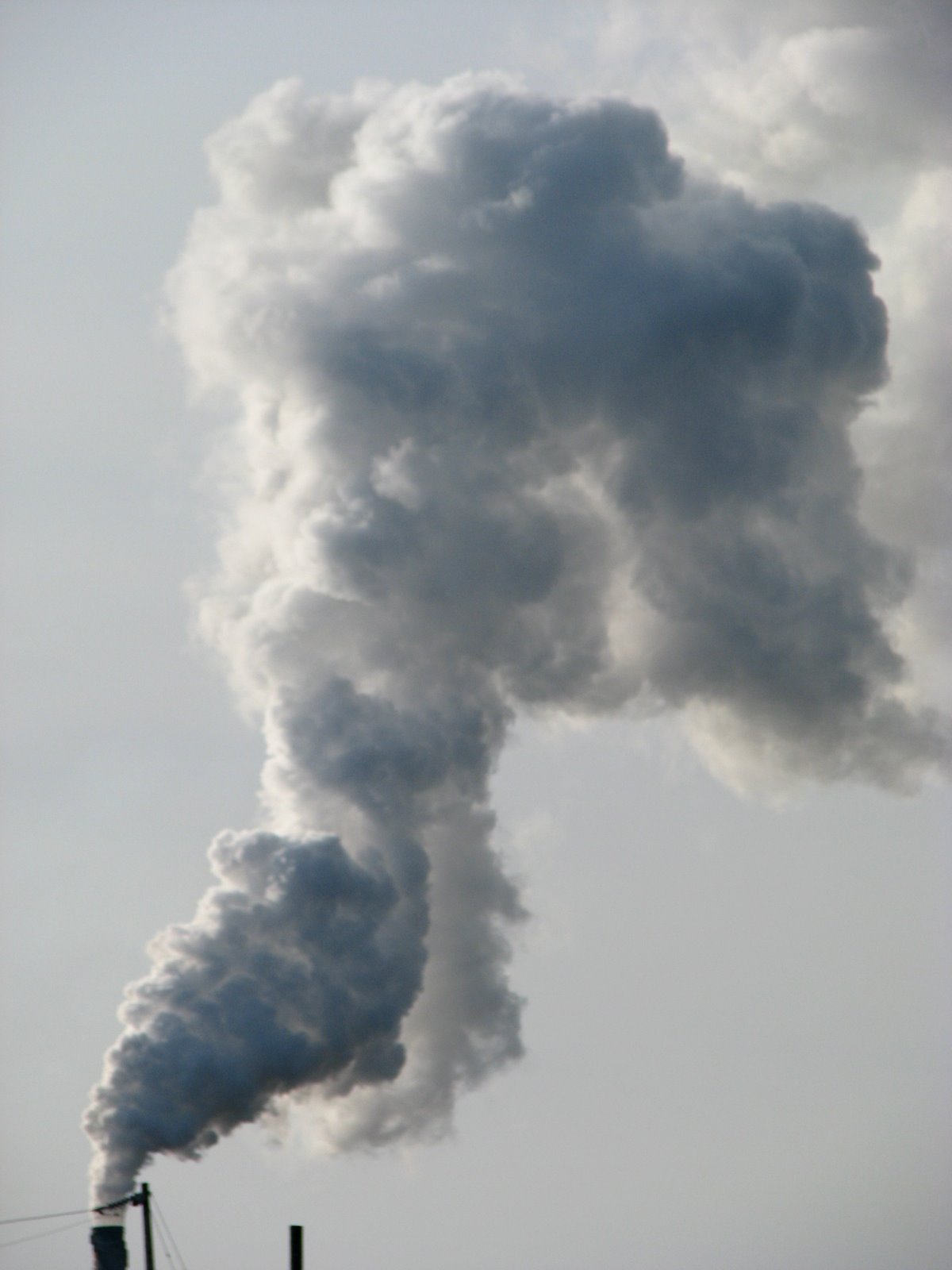As bad as PM2.5 (very tiny) particles are in hastening you and your family’s personal demise, they’re accelerating climate collapse too. This may be welcome news to those who believe misery loves company. Simpson (aka: Green Diamond) doesn’t care whether Mason County residents suffer collectively or in isolation so long as its profits from crimes against humanity (poisoning the air we breathe and the water we drink) are secure. No doubt, it envies the aplomb of those Chinese industries responsible for the off-the-scale Beijing smog of late. What with coal train advocates hoping to sell our Oriental cousins even more of the black stuff and Simpson’s own local BioMassacre proposals, can we be far behind?
Burning Fuel Particles Do More Damage to Climate Than Thought, Study Says
By ELISABETH ROSENTHAL
The tiny black particles released into the atmosphere by burning fuels are far more powerful agents of global warming than had previously been estimated, some of the world’s most prominent atmospheric scientists reported in a study issued on Tuesday.
These particles, which are known as black carbon, are the major component of soot, and are the second most important contributor to global warming, behind only carbon dioxide, wrote the 31 authors of the study, published online by The Journal of Geophysical Research-Atmospheres.
The new estimate of black carbon’s heat-trapping power is about double the one made in the last major report by the United Nations’ Intergovernmental Panel on Climate Change, in 2007. And the researchers said that if indirect warming effects of the particles are factored in, they may be trapping heat at almost three times the previously estimated rate.
The new calculation adds urgency to efforts to curb the production of black carbon, which is released primarily by diesel engines in the industrialized world and by primitive cook stoves and kerosene lamps in poorer nations. Natural phenomena like forest fires also produce it as well as BioMassacre incinerators and coal fired plants.
Black carbon is already a central target of one of the few international climate initiatives championed by the United States, the Climate and Clean Air Coalition to Reduce Short-Lived Climate Pollutants, which has been supported by Secretary of State Hillary Rodham Clinton. The program seeks to reduce the production of black carbon to combat both climate change and air pollution and respiratory disease on the ground.
Although some scientists have long believed that black carbon is a major force in climate change, the vast majority of previous mathematical models had predicted that the particles had only a modest impact. That view should now change, said Mark Z. Jacobson, an atmospheric scientist at Stanford University and one of the study’s authors, calling the old models “overly simplistic.” He said that many of his co-authors had previously hewed to the lower estimates.
Veerabhadran Ramanathan, a professor of climate science at the Scripps Institution of Oceanography in San Diego who has long campaigned to control black carbon, described the study as highly authoritative. “The fact that it’s written by a very large group of modelers gives it enormous credibility,” he said. “It was lonely before. I’m now glad to be right in the middle.”
The group reached its conclusions after factoring in a new series of measurements about the amount of black carbon accumulating in the atmosphere and how much heat from the sun it absorbs. It also took into account some of the complicated secondary climate effects that occur when black carbon interacts with chemical, clouds and the earth’s surface.
For example, when black carbon settles on glaciers or Arctic ice, it renders them darker, and they absorb more heat and melt at a faster rate.
Still, some scientists said the paper mostly underlined how much remained to be studied about the warming effects of these particles.
“The paper makes a good case that our models are underestimating the effect, but what it does for me is to underscore all the various uncertainties,” said Christopher D. Cappa, an associate professor of environmental science at the University of California at Davis.
In a study published last year in the journal Science, Dr. Cappa and his colleagues studied atmospheric samples containing black carbon and concluded that they absorbed less sunlight than might be predicted from laboratory experiments, in part because black carbon is coated with atmospheric chemicals.
Carbon dioxide, the leading greenhouse gas, remains in the atmosphere for decades and is distributed nearly uniformly across the earth’s atmosphere. By contrast, black carbon generally only persists in the air for a week to 10 days, so its presence across the globe is far more variable. And its effect varies greatly depending on whether it is above or below the clouds, Dr. Cappa said.
But the short-lived nature of black carbon also makes it a ready target for efforts to rein in climate change. Any reduction in carbon dioxide production today will take years to have a tangible effect on global warming because so much of the gas is already in the atmosphere. But preventing the release of a ton of black carbon, particularly in just the right place — say, upwind from a glacier — could have a strong and nearly immediate impact.
Mrs. Clinton has also been a strong supporter of the Global Alliance for Clean Cookstoves, a public-private partnership whose goal is to replace 100 million primitive stoves in poor countries with modern versions that produce less black carbon.
On another front, a greater emphasis on black carbon as a warming agent could affect elements of climate policies in many countries. Most notably, to meet national fuel efficiency standards, many carmakers are making more diesel cars because they get better gas mileage and produce less carbon dioxide.
But diesel engines also produce relatively heavy emissions of black carbon, Dr. Jacobson said, which partly cancels out the benefit.

